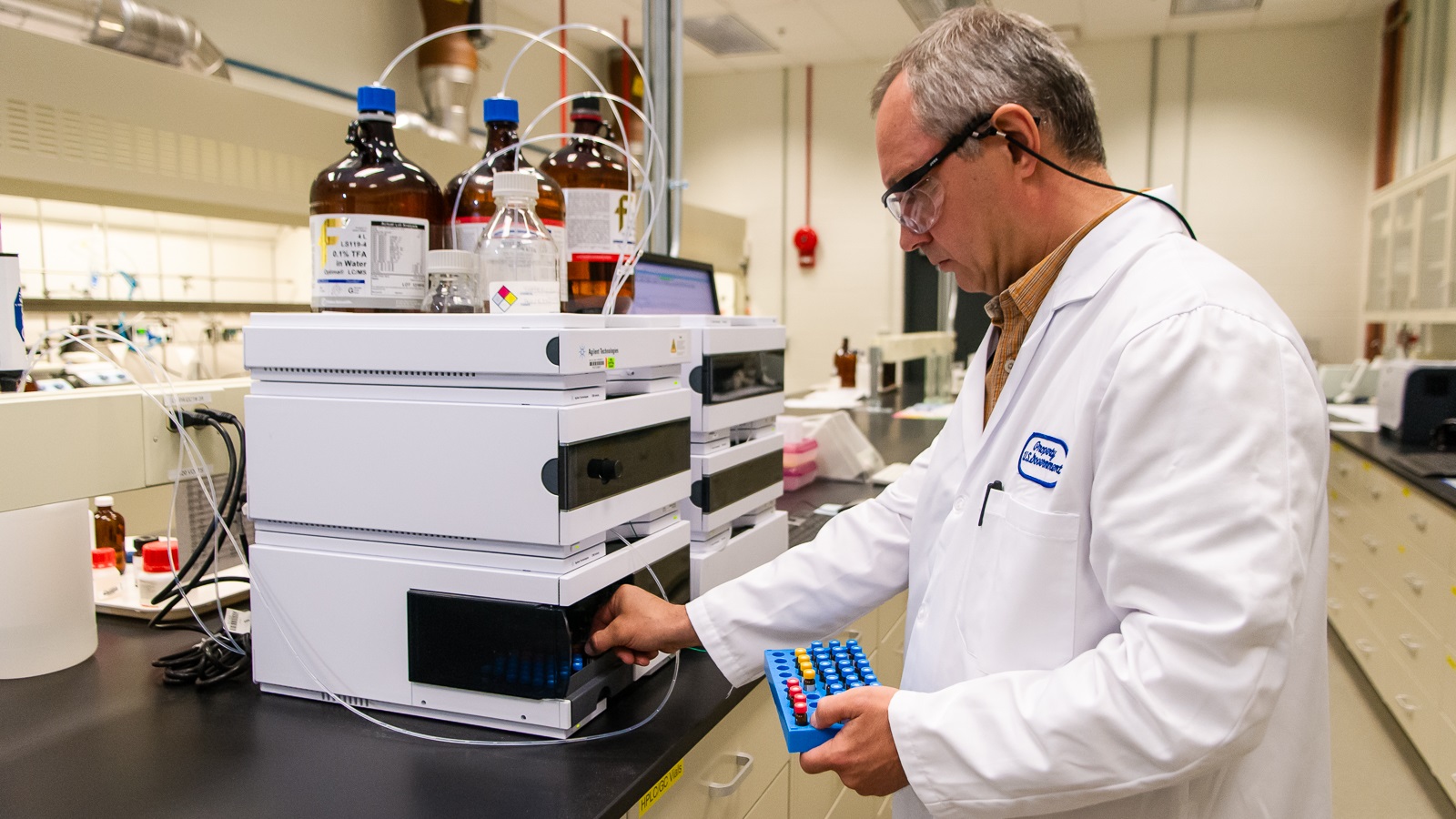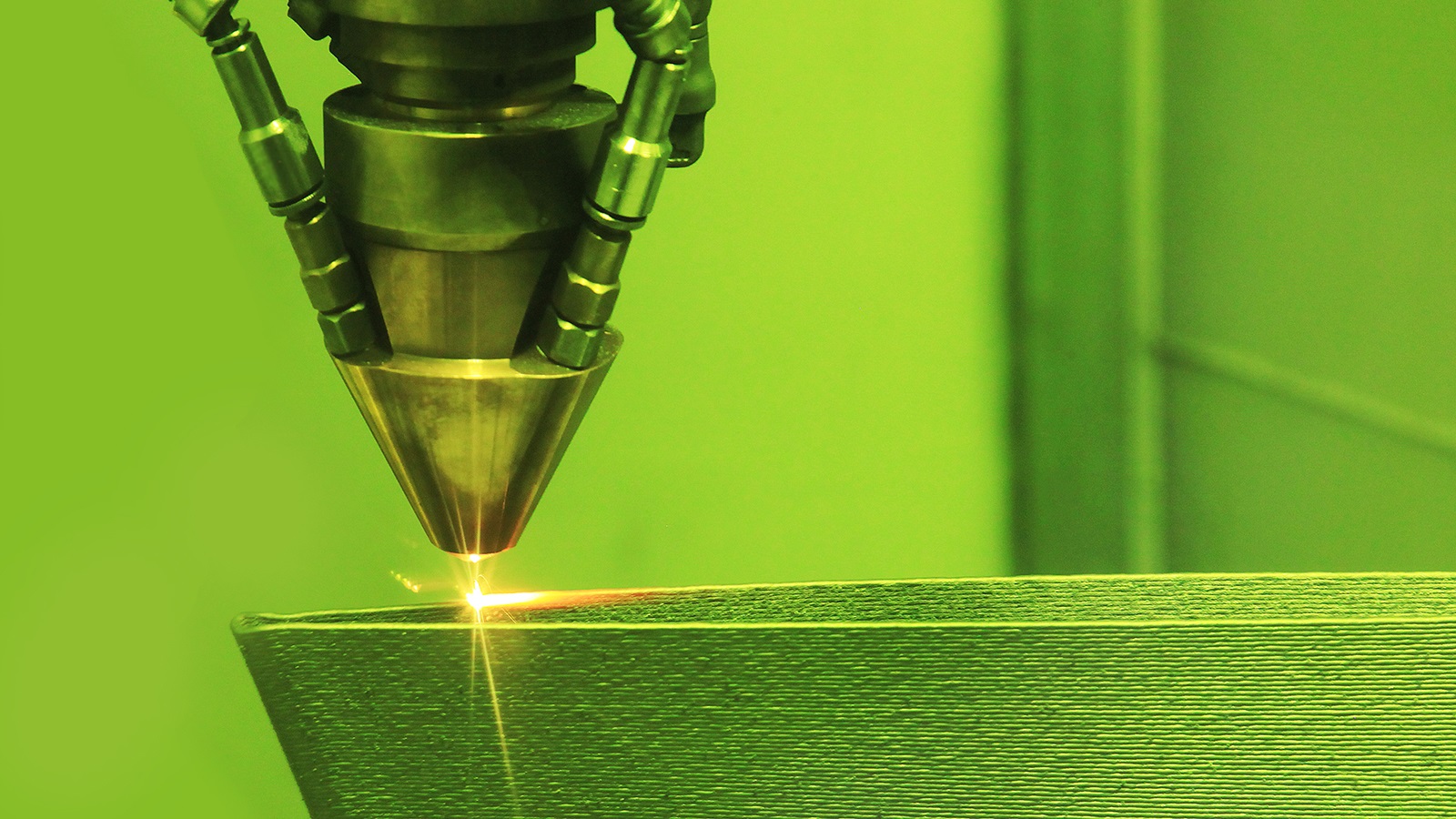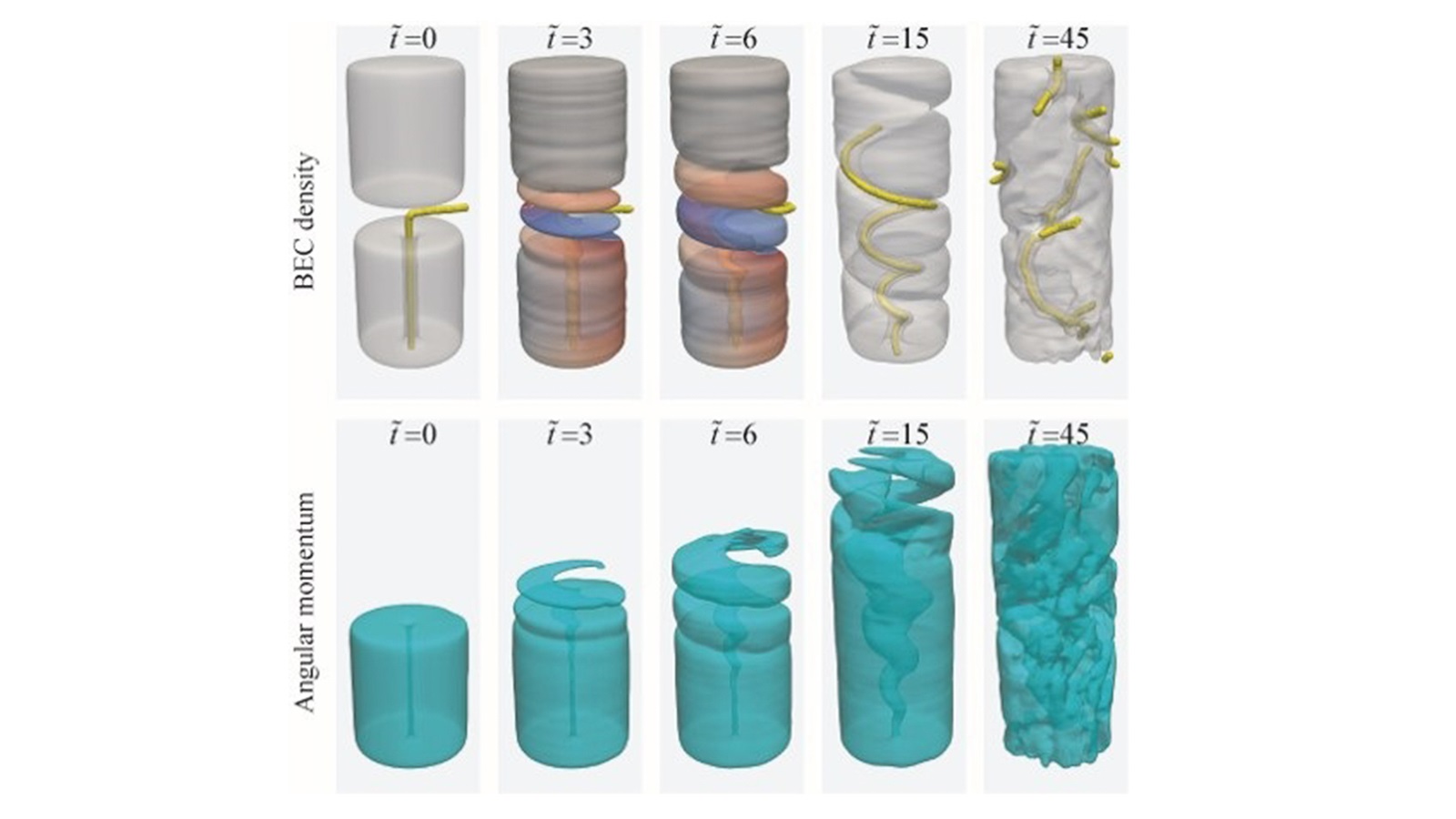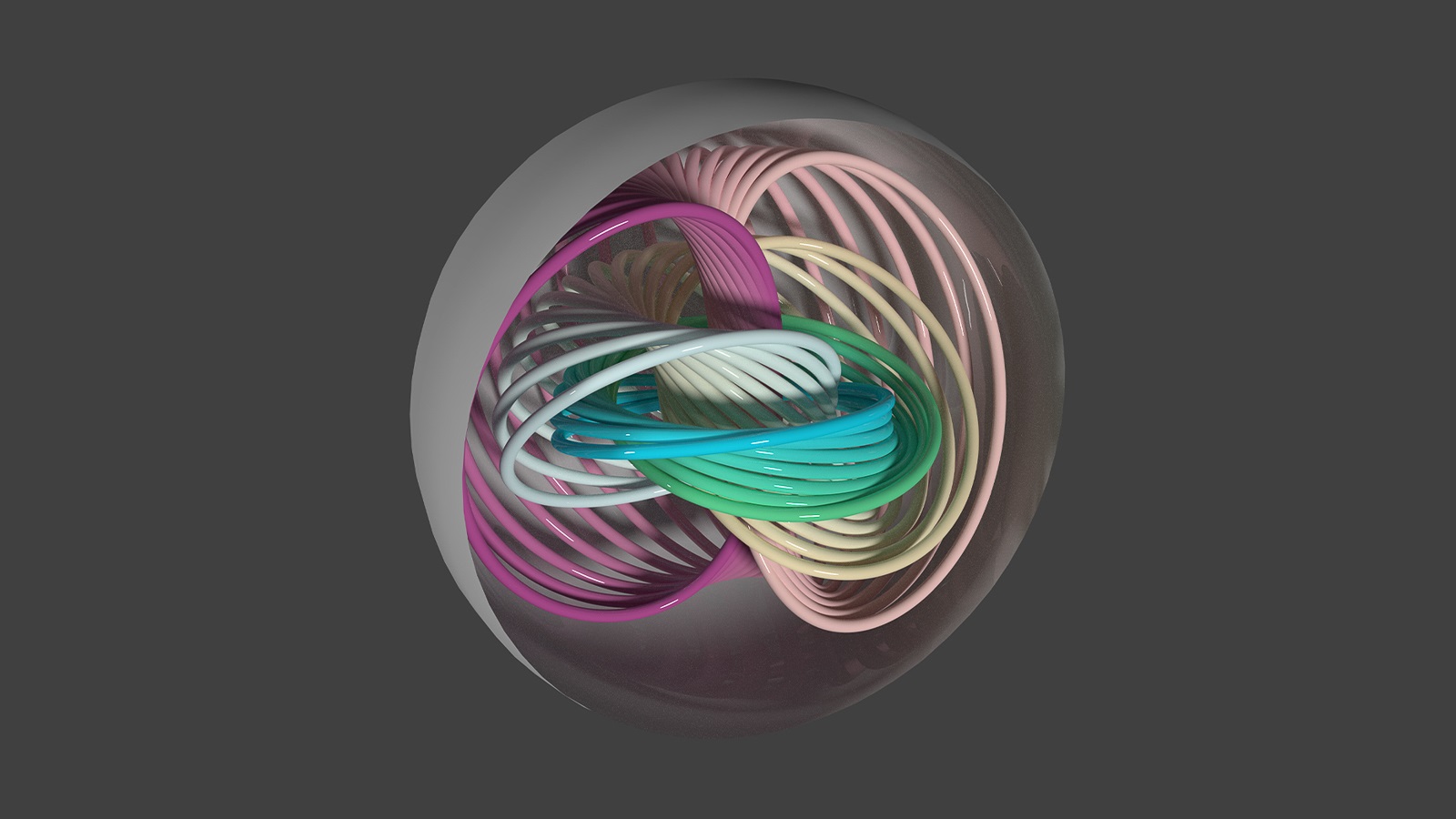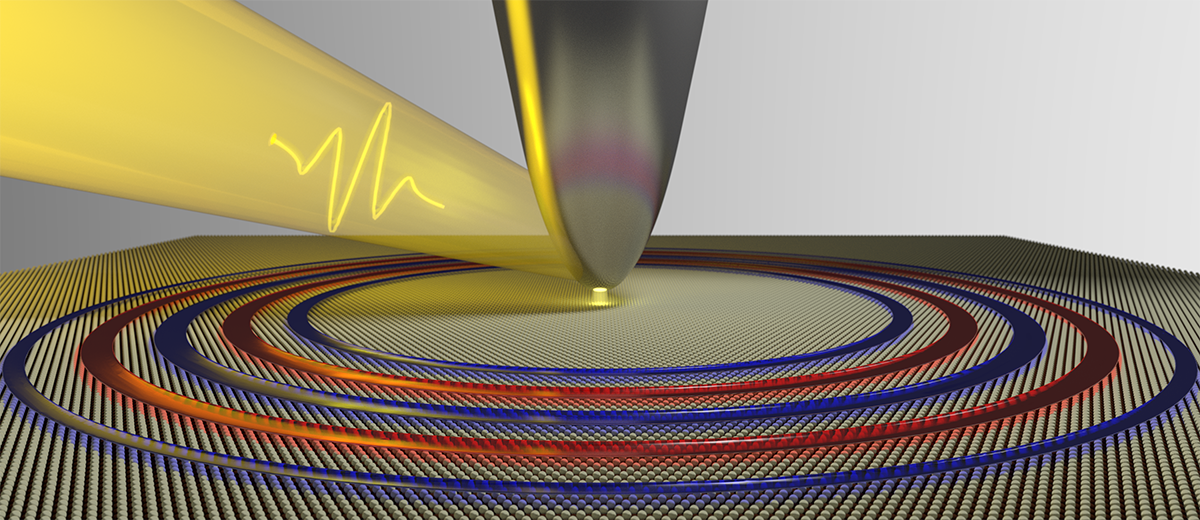Argonne National Laboratory is shaping Industry 4.0 with groundbreaking research into advanced ways of making things more effective, efficient and economical, using the most cutting-edge materials and processes, with the lowest possible environmental impact.
